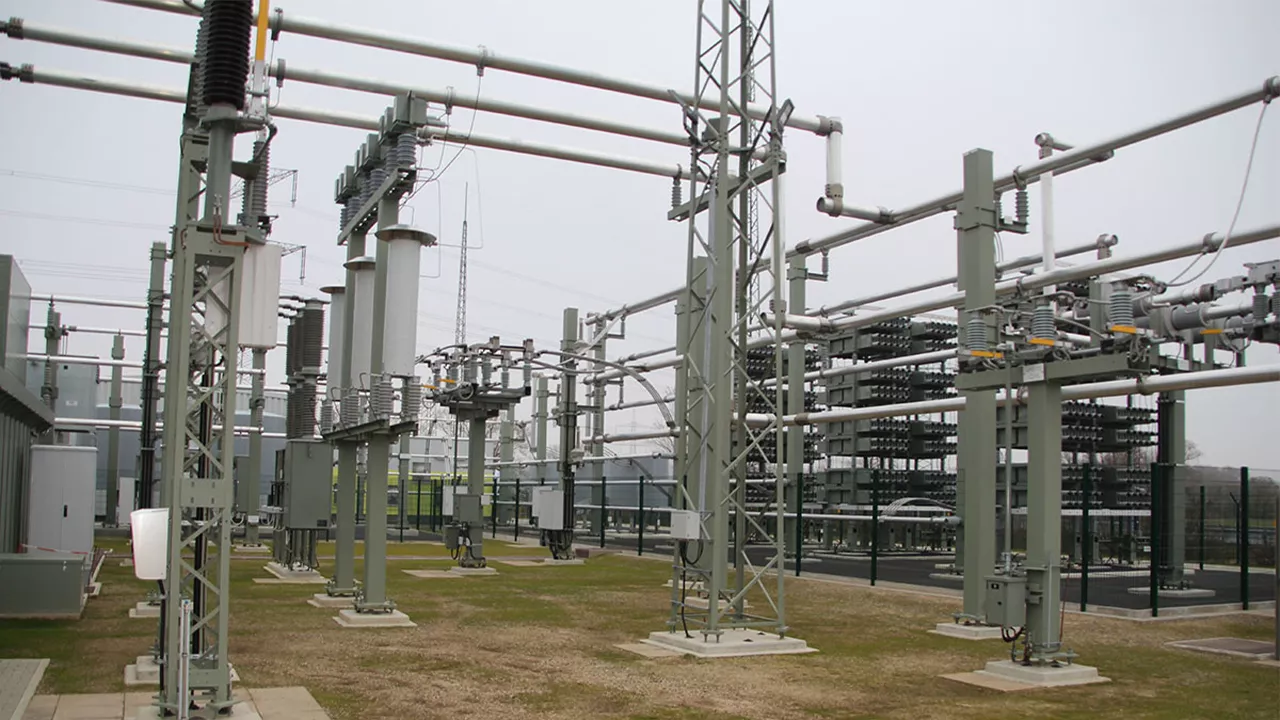Moving towards a more sustainable energy future is a global priority. Renewable energy sources, such as solar and wind power, are becoming increasingly important in reducing our dependence on fossil fuels. However, the seamless integration of these sources with traditional energy systems remains a challenge. That’s where hybrid transformers come in. In this article, we will explore in depth the crucial role of hybrid transformers in bridging the gap between renewable and traditional energy.
 The Pivotal Role of Hybrid Processors in Quebec
The Pivotal Role of Hybrid Processors in Quebec
In Quebec, where there is an increasing focus on renewables while maintaining a strong traditional energy grid, the importance of hybrid transformers cannot be understated. These modern systems, combining technological innovation and operational efficiency, are central elements in the province’s energy transition. Due to Québec’s varied climatic conditions and diverse topography, energy production can be heterogeneous. Hybrid transformers make it possible to harmonize this heterogeneity, ensuring a constant distribution adapted to the needs of Quebecers.
Adaptability and performance
At the heart of the performance of hybrid transformers is an unprecedented adaptability to the challenges posed by different energy sources. For example, solar energy production can be variable depending on the amount of sunlight, while wind turbines are dependent on the strength of the wind. In this context, the hybrid transformer acts as an orchestra conductor, adjusting and harmonizing the variations to deliver a cohesive energetic melody. This ability to balance and regulate makes these transformers an essential link in Québec’s energy system.
Towards an integrated energy future in Quebec
To envision Quebec’s energy future without hybrid transformers would be to miss a major optimization opportunity. As the province ramps up its efforts to integrate more renewables into its energy mix, the demand for solutions that allow for seamless and efficient integration will increase. Hybrid transformers, with their ability to streamline and stabilize distribution, are therefore positioned as key players in Quebec’s future energy vision.
The Hybrid Transformer Revolution
Hybrid transformers are presented as an innovative, even revolutionary, solution for the energy industry. With a unique ability to integrate various energy sources, they are the pioneers of a soft energy transition. In practical terms, this means that a transition to cleaner energy, such as renewables, can be achieved without compromising the stability of our electricity grids. In addition, these transformers play an essential role in the regulation of voltage and frequency, thus ensuring a stable and fluctuation-free power supply. In terms of efficiency, hybrid transformers stand out by minimizing energy losses during conversion and distribution, while providing unparalleled operational flexibility for grid operators.
Ensuring stability and flexibility
The major challenge of any energy transition is to ensure that supply remains constant and stable, even when integrating variable energy sources such as solar or wind. Hybrid processors are rising to this challenge with flying colors. Thanks to their adaptability, they allow for more precise load management, adjusting in real time to fluctuations in demand. This operational flexibility is a valuable asset, ensuring not only a constant supply of energy, but also a more rational and efficient use of resources.
A pillar for a sustainable energy future
In the ever-changing energy landscape, hybrid transformers are asserting themselves as pillars of the future. They are the guarantors of a future where renewable and traditional energy coexist harmoniously. By facilitating this coexistence, they not only contribute to the stability of our electricity systems, but they also embody a vision of a world where electricity is produced in an environmentally friendly, efficient and sustainable way. At the end of the day, they are the epitome of innovation for a greener planet.
FAQ’s
Why is energy integration so important?
The seamless integration of energy sources is key to ensuring a stable and reliable electricity supply, while reducing our reliance on fossil fuels and minimizing environmental impacts.
How do hybrid transformers reduce energy losses?
Hybrid transformers optimize the energy conversion and distribution processes, reducing the energy losses that typically occur during these stages.
Are hybrid transformers compatible with today’s grids?
Yes, hybrid transformers are designed to be compatible with today’s power grids. They can be integrated into existing infrastructure to improve their efficiency and stability.
What are the challenges of implementing hybrid transformers?
The implementation of hybrid transformers can present technical, financial, and regulatory challenges. However, the long-term benefits outweigh these potential challenges.
How do hybrid transformers contribute to energy sustainability?
By facilitating the integration of renewables into the electricity grid, hybrid transformers help reduce greenhouse gas emissions and promote a sustainable energy supply.
Conclusion
Hybrid transformers play a crucial role in overcoming the challenges of integrating renewable and traditional energy sources. They enable a smooth transition to a more sustainable energy future, while ensuring the stability and reliability of the electricity grid. By investing in these innovative technologies, we are able to create a better energy world for future generations.

 The Pivotal Role of Hybrid Processors in Quebec
The Pivotal Role of Hybrid Processors in Quebec

